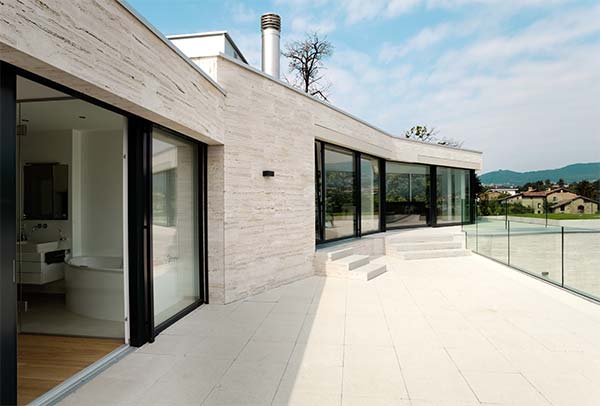Transform Your Home, Not Your Budget
Every remodeling homeowner wants to get the most value for their money. Yet, far too many of them discover that their projects cost up to 50% more than they thought.
So, to help you remodel your home and not your wallet, here are 5 tips to get you on the right track…
1. 20/20 Vision
Imagine spending money on a remodel and not being happy with the final result. This happens more often than not. That’s because understanding ideas and visualizing them can be challenging. Incorporate some tech into your remodeling plan so you can preview your remodel in 3D before construction even starts. Seeing the finished result in the early stages will give you clarity and prevent the dreaded cringe.
2. Focusing on the must-have vs. the nice-to-haves.
We all get seduced by the “after” photos of what our dream project will look like. But it’s easy to forget about the basics — the work that needs to get done. So, when considering your vision, prioritize your needs (your must-haves) and your wants (your nice-to-haves). Only after addressing your needs should you consider your wants.
If your needs aren’t crystal clear, ask yourself:
What absolutely has to absolutely stay?
What absolutely has to go?
What absolutely has to change?
Why?
3. Buying surplus materials.
It’s not uncommon for homeowners to change their minds in the middle of a project and select different finish materials. Unfortunately when this happens, returns may not always be possible. Another remodeling reality is purchasing, say 10% more materials, to account for defects or installation mistakes. So, you’re stuck with unwanted materials you’ll never use.
No homeowner wants to see materials they’ve already paid for sitting idle in their garage. So, the next time you see remodeling homeowners in your neighborhood, don’t be afraid to ask them if they have any finish or building materials they ended up not using for their project. Now that’s a great deal!
4. Timing purchases to take advantage of rebates or incentives.
Every manufacturer offers special promotions on the pricier items like appliances or other higher end finish materials. So, if you can time your purchases to coincide with these promotions, you can save hundreds, maybe even thousands, of dollars.
5. Buying closeout materials.
Buying closeouts is a lot like buying a new car. When the next model year is released, the current model is marked down significantly to make room for shinier, newer one. For example, if you are in the market for a new dishwasher and the next version of it will be released soon or it just hit showroom floors, you may be able to get a better deal on the current version since manufacturers are often eager to liquidate the ‘old’ version.




Flood Services
August 19, 2019 6:37 amI really need to learn about budgeting for designing a home and these are some helpful tips. Thank you for the good advice, Monica!
Monica D. Higgins
August 20, 2019 5:16 amYou are so welcome! You always want to budget for something you can actually complete.
Paul Lahood
October 1, 2019 9:17 amthe 3 option is actually true. I ask my neighbor for their surplus materials, surprisingly they give it for free cause we have good relationship. Its more than a great deal ! Thanks for the tips Monica. God bless you
Monica D. Higgins
October 4, 2019 9:51 pmHi Paul – You’re so welcome…everyone loves free materials!